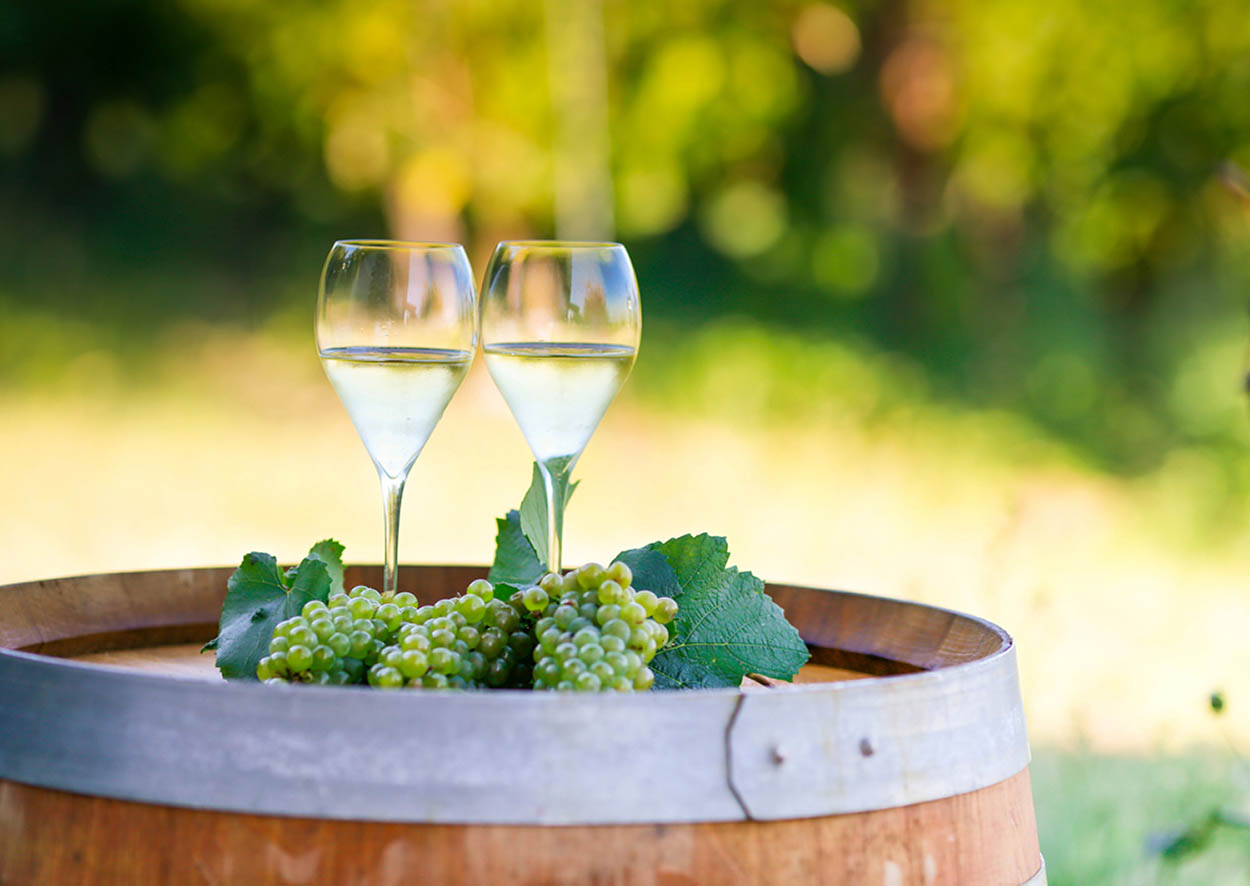
This leisurely drive in the prestigious wine-growing region of Franciacorta takes you through rolling vine-clad hills, past castles, villas and wineries. The trip starts with a visit to a Cluniac monastery and ends with dinner in Clusane.
DISTANCE: 60km (37 miles)
TIME: A half day
STAR Iseo
END: Clusane
POINTS TO NOTE: The majority of the wine estates require prior notice for visits and are only open on specific weekends. The Associazione Strada del Vino Franciacorta, the local wine-growers’ association (www.franciacorta.wine/en) can arrange visits to wineries for individuals or as part of a tour. There are also recommended routes for cyclists and walkers, ranging from two to three hours to a couple of days.
The scenic Franciacorta region south of Iseo is renowned mainly for sparkling wines, but also dry, velvety whites and medium-bodied reds. The rolling countryside is dotted with manor houses and villas, many of which have been transformed into wine estates or inns.
Free Court
In the 11th century, local nobles called on Cluniac monks to drain the land around Franciacorta. The results were beneficial to both parties: the local economy received a boost, and the way was paved, literally, for the building of impressive new monasteries. The ecclesiastical authorities appreciated the local climate and countryside to the extent that the village of Borgonato became the summer residence of monks from Brescia’s Santa Giulia monastery. The secular authorities granted tax concessions, which led to the region’s nickname of Corte Franca (Free Court). This in turn encouraged patrician families from Brescia and beyond to build villas in the mellow hills here. Wealthy restaurateurs and viticulturists followed in their wake, and Franciacorta was on the way to becoming the sought-after retreat it is today.
Coming out of Iseo take a right turn on to the old road to Brescia (avoiding the newer SP510). You will soon see the Riserva Naturale Torbiere del Sebino 1 [map] on your right. This former peat bog is the watery domain of tench, trout and eel. It is also home to a variety of predatory birds, from herons to kingfishers. You can stroll along the paths that go through the peat bogs.

Tasty white wine
Shutterstock
The Franciacorta wine trail

Towards the southern end of the reserve is the little Cluniac monastery of San Pietro in Lamosa 2 [map] (www.visitlakeiseo.info; charge). It sits on a small rise on the right above the road (it is roughly 5km/3 miles from Iseo and easy to miss, so go slowly). Comprising four chapels, the monastery was founded in the 11th century and added to over the centuries. Volunteer restorers have revealed a number of frescoes – some dating back to Gothic times.
Monticelli Brusati
Head south to Camignone, then follow the marked Franciacorta wine route (marked Strada del Vino Franciacorta) east to Monticelli Brusati 3 [map] and vineyards that stretch out as far as the eye can see. The village is home to La Montina winery (Via Baiana 17; http://lamontina.com) set around the beautiful Villa Baiana. Monticelli Brusati is also the splendid setting for the Azienda Agricola Villa wine estate (follow signs for Villa), complete with farm-stay homes and a simple Osteria-style restaurant (www.villafranciacorta.it) that serves pasta, fresh antipasti and superb wines.

Monastery of San Pietro in Lamosa
Neil Buchan-Grant/Apa Publications
Many wine estates open for tours and tastings during the Festival of Franciacorta in mid-September.
Bornato
Retrace your route to Camignone, then drive southwest to Passirano, home to a striking medieval castle. Follow signs for the next village, Bornato, where the Castello di Bornato 4 [map] (Via Castello 24; www.castellodibornato.com; charge) has wonderful views of Franciacorta. A crenellated medieval castle, it opens onto a Renaissance villa and Italianate gardens. This is a small wine estate, with tasting included in the visit.

Franciacorta vineyards in the Brescia province
Shutterstock
Erbusco
If lunch is now a consideration, you could stop at the Trattoria del Gallo, see 1 [map], at Rovato, or head on to Erbusco 5 [map], the unassuming stone-built village at the centre of the wine district. Here you can dine and drink as the locals do at Cadebasi, see 2 [map].
Corte Franca
After Erbusco, still following the wine route signs, you reach Corte Franca, the heart of the wine region, consisting of four villages: Borgonato, Timoline, Colombaro and Nigoline.
A return to the lakeshore at Sarnico marks the end of the tour. When heading to Iseo, you could stop at the charming fishing village of Clusane 6 [map], known for its traditional baked-tench cuisine. Trattoria Al Porto, see 3 [map], in the centre, just back from the lake, is recommended.
1 [map] Trattoria del Gallo
Via Cantine 10, Rovato, www.trattoriadelgallo.it
This retro-looking trattoria serves simple local cuisine with some interesting twists – such as carrot gnocchi with rabbit and Jerusalem artichoke. Typical dishes are steak, rabbit or donkey, pastas with funghi or truffles, or meat-filled ravioli in a buttery sage sauce. They also do cooking classes followed by dinner. €€
2 [map] Cadebasi
Via Cavour 11, Erbusco; 030-836 7340
Popular with locals and travellers alike. Their extensive wine and drink menu pairs perfectly with finger foods and entrees. €€
3 [map] Trattoria Al Porto
Porto dei Pescatori, Clusane www.alportoclusane.it
This inviting trattoria by Lake Iseo has been run by the same family since 1862. It is renowned for tinca al forno (baked tench) with polenta, as well as other freshwater fish. The restaurant’s rustic interior, adorned with vintage fishing gear and historical photos, adds to its authentic charm. €€

Restored fresco in San Pietro
Neil Buchan-Grant/Apa Publications